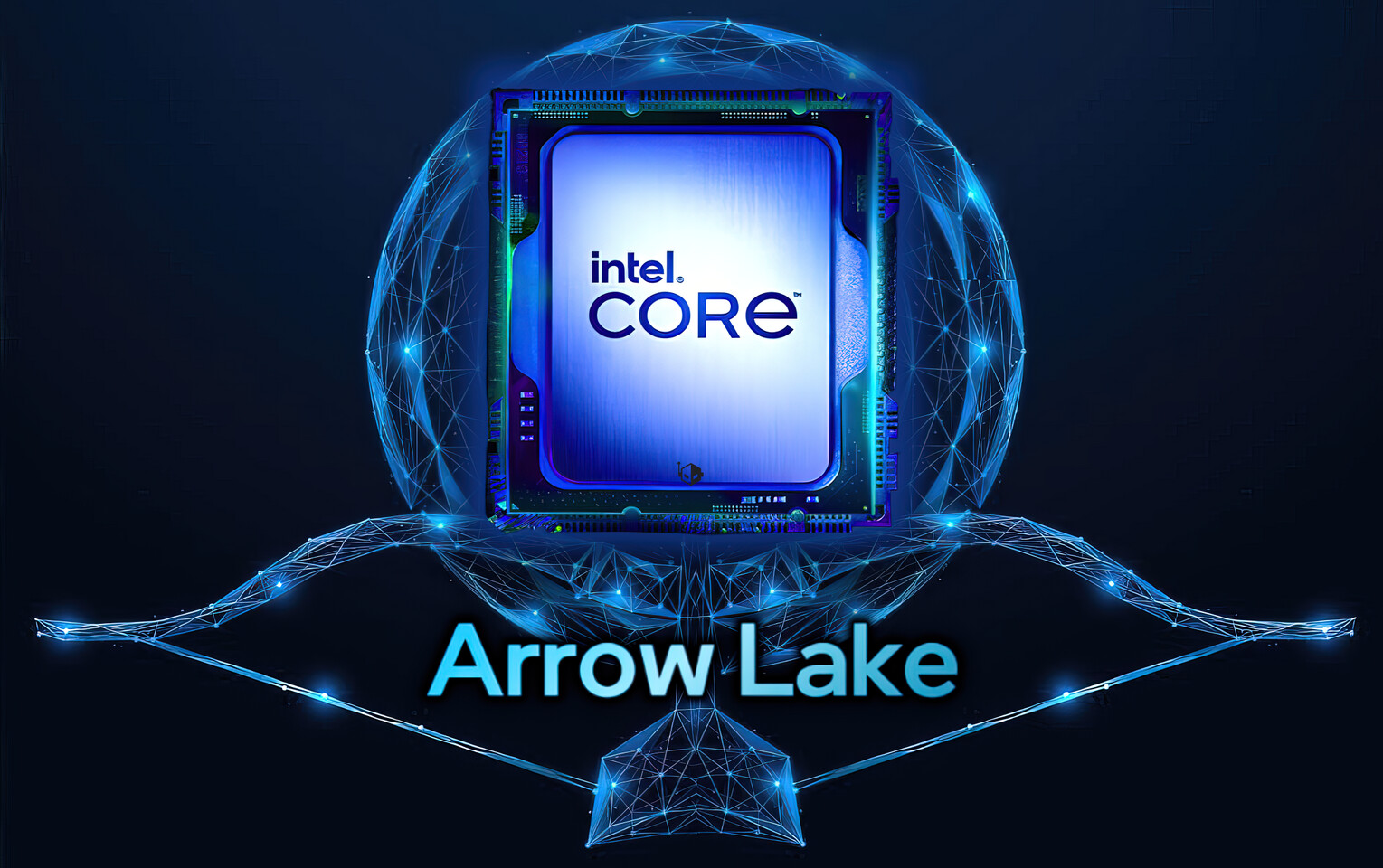
Recent leaks have revealed insights into Intel's 15th-Generation Arrow Lake-S platform, particularly focusing on its CPU architecture and potential shift in multi-threading approach. The disclosed information suggests that the Arrow Lake desktop CPUs might not support Hyper-Threading (HT), a notable departure from previous generations.
The technical documentation indicates that Arrow Lake will likely feature eight performance cores without Simultaneous Multi-Threading (SMT) capabilities. This development aligns with prior speculation about Hyper-Threading's exclusion in the Arrow Lake series. The removal of HT could impact the platform's performance in multi-threaded applications, especially compared to the Raptor Lake predecessors. Hyper-Threading generally offers a 10-15% boost in performance for thread-intensive tasks by enabling additional logical cores. However, its absence may not significantly affect gaming performance and could potentially improve frames per second (FPS) in certain games. Despite this, Arrow Lake is expected to aim for a 30% enhancement in gaming performance through architectural improvements.
The rumour of moving away from Hyper-Threading has been circulating at Intel for some time. Intel had considered introducing "Rentable Units" as an alternative, which would provide similar functionality within the CPU but would not be accessible to the operating system. It remains unclear whether Arrow Lake will incorporate these units, as Hyper-Threading was initially planned and reportedly removed at a later stage. The effectiveness of Hyper-Threading has diminished with the advent of many-core processors, yet it still contributes to performance gains in certain benchmarks. In heavily multi-threaded benchmarks, HT can offer a 20-30% performance increase. Conversely, in single-thread dominant tasks, such as many Adobe benchmarks, HT may have minimal or even negative impact, averaging a performance effect of around 10-15%.
In the absence of Hyper-Threading, Arrow Lake's application performance may not significantly surpass that of its predecessor, Raptor Lake. Even with architectural improvements, the lack of HT could negate potential performance gains. Without a suitable alternative like Rentable Units, this could result in a stagnation of application performance. Intel appears to be considering "Rentable Units" as an alternative to traditional Hyper-Threading. This approach, responding to the trend towards hybrid core architectures, involves splitting instruction threads and distributing them across cores based on complexity. Arrow Lake is rumored to feature 3 MB of L2 cache per core and support DDR5-6400 memory, enhancing both performance and efficiency. The below chart is courtesy of 3dcenter.
Source

